
Kód: 12063689
Hunter-gatherer Use of Caves and Rockshelters in the American Midsouth
Autor Lara K. Homsey
This study investigates the form, function, and organization of features at the Late Paleoindian through Middle Archaic site of Dust Cave, Alabama (US), using a multidisciplinary approach combining macromorphological, micromorphol ... celý popis
- Jazyk:
 Angličtina
Angličtina - Väzba: Brožovaná
- Počet strán: 109
Nakladateľ: BAR Publishing, 2010
- Viac informácií o knihe

Mohlo by sa vám tiež páčiť
-

West Chester
25.90 € -1 % -

Elgin, Joliet and Eastern Railway
25.90 € -1 % -

Queer Domesticities
49.05 € -4 % -

Oath of Fealty
9 € -13 % -

Body Surfing
27.75 € -

History of the Kingdom of Siam: And of the Revolutions That Have Caused the Overthrow of the Empire Up to A.D. 1770
20.68 €
Darčekový poukaz: Radosť zaručená
- Darujte poukaz v ľubovoľnej hodnote, a my sa postaráme o zvyšok.
- Poukaz sa vzťahuje na všetky produkty v našej ponuke.
- Elektronický poukaz si vytlačíte z e-mailu a môžete ho ihneď darovať.
- Platnosť poukazu je 12 mesiacov od dátumu vystavenia.
Viac informácií o knihe Hunter-gatherer Use of Caves and Rockshelters in the American Midsouth
Nákupom získate 149 bodov
 Anotácia knihy
Anotácia knihy
This study investigates the form, function, and organization of features at the Late Paleoindian through Middle Archaic site of Dust Cave, Alabama (US), using a multidisciplinary approach combining macromorphological, micromorphological, and chemical analyses. Previous studies have relied on observations made at the macroscopic level using morphological and/or content attributes, severely masking the diversity of activities they represent. A more robust method conceptualizes features as sedimentary deposits and reconstructs their depositional history as a means of identifying feature function. At Dust Cave, an integrated method combining micromorphology and geochemistry with more traditional studies of morphology and content highlights the importance of several activities not previously recognized, including broiling, smoking, nut processing, storage, and refuse disposal. Use of Dust Cave as a place in the hunter-gatherer landscape of the Middle Tennessee Valley did not remain constant through time, but rather changed over the millennia. During the Late Paleoindian and early Early Archaic, Dust Cave functioned as a short term residential camp which was occupied fairly intensively during the late summer through fall. During the late Early Archaic, the site shifted to a residential base camp. During the Middle Archaic, the site shifted again to a logistical extraction camp where groups processed hickory nuts on such a large scale that the copious amounts of refuse generated give one the impression of a longer term base camp. The changes seen at Dust Cave mirror changes at other regional cave and rockshelter sites at which numerous nut processing pits, nutting stones, and enormous quantities of nut charcoal indicate a general shift in site use as plant extraction camps-sites where nuts were boiled and parched for transport to base camps located at lower elevations. The increased reliance on mast resources corresponds to warming and drying associated with the middle Holocene. These vegetation changes played a key role in the increasingly logistical mobility strategy of Middle Archaic hunter-gatherer groups.
 Parametre knihy
Parametre knihy
Zaradenie knihy Knihy po anglicky Humanities Archaeology
60.22 €
- Celý názov: Hunter-gatherer Use of Caves and Rockshelters in the American Midsouth
- Podnázov: A geoarchaeological and spatial analysis of archaeological features at Dust Cave
- Autor: Lara K. Homsey
- Jazyk:
 Angličtina
Angličtina - Väzba: Brožovaná
- Počet strán: 109
- EAN: 9781407306704
- ISBN: 1407306707
- ID: 12063689
- Nakladateľ: BAR Publishing
- Hmotnosť: 402 g
- Rozmery: 212 × 295 × 11 mm
- Dátum vydania: 06. July 2010
Obľúbené z iného súdka
-

Facts on the Ground
48.64 € -

Istanbul
15.05 € -24 % -
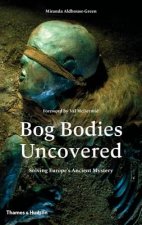
Bog Bodies Uncovered
26.01 € -17 % -

Archaeology: The Whole Story
30.21 € -15 % -

Bigger Than History
15.05 € -19 % -
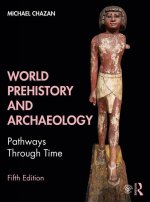
World Prehistory and Archaeology
120.24 € -

Faunal Extinction in an Island Society
214.68 € -
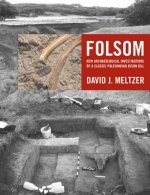
Folsom
118.40 € -
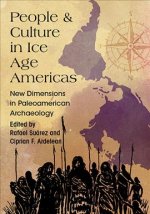
People and Culture in Ice Age Americas
90.64 € -

Fundamentals of Tree Ring Research
55.40 € -
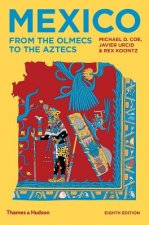
Mexico
20.89 € -23 % -

Oxford Handbook of Archaeological Ceramic Analysis
54.89 € -
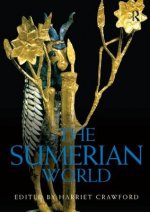
Sumerian World
65.24 € -

Ancient Treasures
20.37 € -3 % -
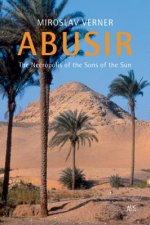
Abusir
50.18 € -2 % -

In Search of Lake Monsters
24.88 € -
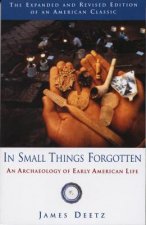
In Small Things Forgotten
15.35 € -21 % -
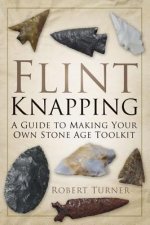
Flint Knapping
18.32 € -15 % -

Magical House Protection
33.79 € -
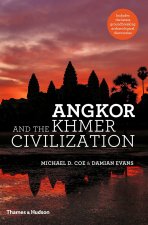
Angkor and the Khmer Civilization
26.93 € -22 % -
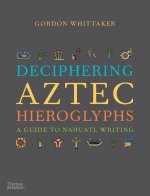
Deciphering Aztec Hieroglyphs
29.69 € -16 % -
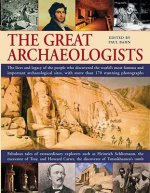
Great Archaeologists
15.56 € -5 % -
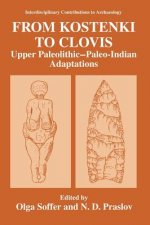
From Kostenki to Clovis
166.85 € -1 % -
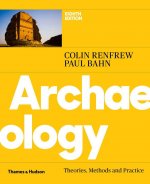
Archaeology
59.71 € -

Prehistoric Life - Evolution and the Fossil Record
134.27 € -

Digging for Hitler
40.55 € -1 % -
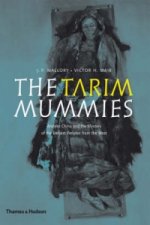
Tarim Mummies
23.55 € -

Hunter-Gatherer Economy in Prehistory
42.70 € -

Ancient Roman Gardens
33.89 € -5 % -

The Wisdom of the Bones: In Search of Human Origins
19.14 € -

Protecting the Body in War and Combat
62.57 € -

Catalogue of the Byzantine and Early Mediaeval A - With an Addendum Jewelry, Enamels and Art of the Migration V 2
149.43 € -

Ship Iconography in Mosaics
112.97 € -

Ancient Burial Patterns of the Moche Valley, Peru
77.32 € -
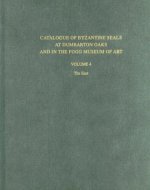
Catalogue of Byzantine Seals at Dumbarton Oaks and in the Fogg Museum of Art, 4: The East
56.74 € -
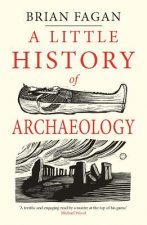
Little History of Archaeology
13.31 € -18 % -
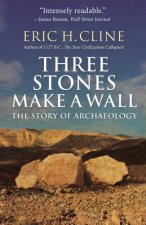
Three Stones Make a Wall
18.73 € -7 % -

Catalogue of Byzantine Seals at Dumbarton Oaks a - Constantinople and Environs, Unknown Locations, Addenda, Uncertain Readings
56.74 € -
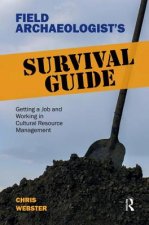
Field Archaeologist's Survival Guide
56.74 € -
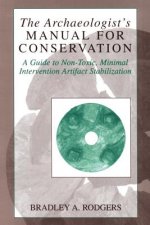
Archaeologist's Manual for Conservation
77.12 € -

Master Plan
16.58 € -23 % -
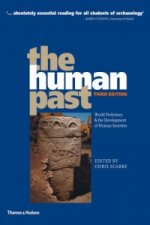
Human Past
77.73 € -
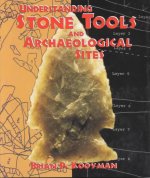
Understanding Stone Tools
42.29 € -

Women in Prehistory
31.64 € -

Children, Death and Burial
70.97 € -
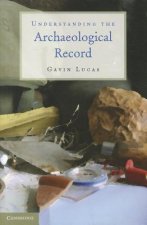
Understanding the Archaeological Record
44.44 € -
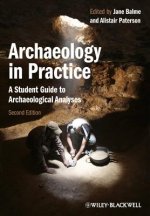
Student Guide to Archaeological Analyses
93.81 € -
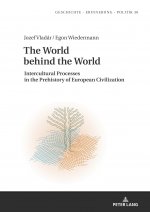
World behind the World
69.74 € -

Trojans & Their Neighbours
68 €
Osobný odber Bratislava a 2642 dalších
Copyright ©2008-24 najlacnejsie-knihy.sk Všetky práva vyhradenéSúkromieCookies



 21 miliónov titulov
21 miliónov titulov Vrátenie do mesiaca
Vrátenie do mesiaca 02/210 210 99 (8-15.30h)
02/210 210 99 (8-15.30h)